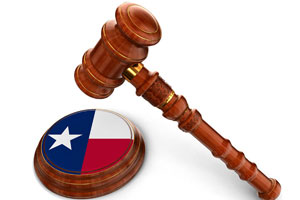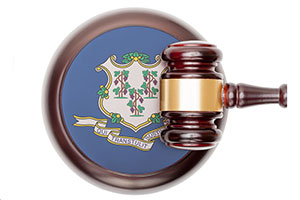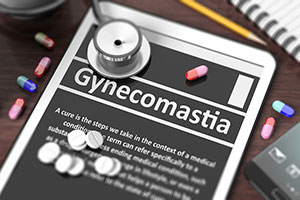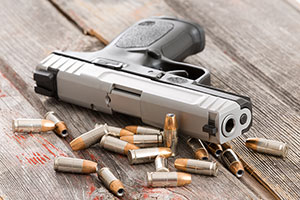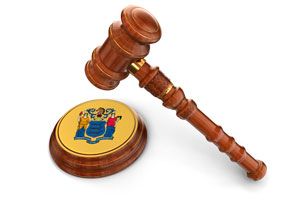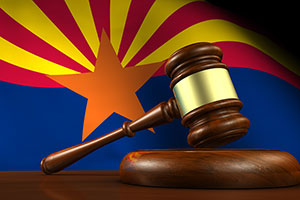Thousands of patients sued C. R. Bard, Inc. and Bard Peripheral Vascular, Inc. after they sustained injuries from the implant of a Bard IVC filter. The inferior vena cava (IVC) is a vein in the lower half of the body. Surgeons implant IVC filters in patients who are at risk of developing blood clots in their legs, including patients who are diagnosed with deep vein thrombosis and are at risk of developing a pulmonary embolism.
The plaintiffs in the lawsuits allege that the Bard IVC filters either perforated their IVC or broke apart and caused damage to their organs. The plaintiffs argue that Bard IVC filters are more dangerous than other IVC filters and that they should have been warned of the dangers. Bard denies that its IVC filters create more risks than are common to all IVC filters. Bard asserts that doctors are familiar with those risks.
The lawsuits were consolidated in a federal district court in Arizona. The plaintiffs expect to use several expert witnesses to prove their claims. In addition to medical experts who will testify about the harm caused to each patient, the plaintiffs have identified regulatory experts and engineers who may testify.
Expert’s Alleged “Side Switching”
Bard filed a motion to exclude the testimony of Dr. Thomas Kinney, a mechanical engineer, physician, and interventional radiologist. The plaintiffs want Dr. Kinney to testify about design defects in the Bard IVC filters and about Bard’s failure to warn patients of those defects.
Dr. Kinney and two colleagues wrote an extensive report that addressed two of the seven IVC filters at issue in the litigation. The report concluded that “Bard was aware of design defects and high complication rates associated with its filters and failed to adequately warn physicians of those dangers.”
Beginning in 2005, Dr. Kinney served for four years as a consultant for Bard with regard to its IVC filter. In 2006 and 2007, Bard hired Dr. Kinney to serve as an expert witness in two lawsuits against Bard for injuries allegedly caused by IVC filters.
Bard asked the court to disqualify Dr. Kinney as an expert because he engaged in “side switching” by agreeing to testify for the plaintiffs. The plaintiffs opposed the motion because it would deprive them of the services of a highly qualified expert and would keep the jury from hearing strong evidence of Bard’s negligence.
“Side Switching” Concerns
Disqualification motions are rarely granted because courts are reluctant to prevent experts who have “useful specialized knowledge” from sharing that knowledge with a jury. The standard for disqualifying an expert is therefore difficult to meet — at least in the Ninth Circuit, where courts generally view experts in a positive light and trust juries to evaluate expert testimony.
As a general rule, experts are free to testify for plaintiffs in some cases and for defendants in others. Testifying for both plaintiffs and defendants does not constitute “side switching.” In fact, lawyers often prefer experts who have testified for both plaintiffs and defendants, because those experts cannot easily be accused as having a bias in favor of a particular side in litigation.
The “side switching” analysis becomes relevant when an expert is hired by a party and later testifies against that same party. In those circumstances, the concern is that the expert may be basing an opinion on information that the expert received in confidence.
“Side-Switching” Tests
The district court noted its inherent power “to protect the integrity of the adversary process, protect privileges that otherwise may be breached, and promote public confidence in the legal system.” It therefore analyzed the disqualification motion in light of those concerns.
Most courts have adopted two tests to decide whether to disqualify an expert for “side switching.” The first, known as the “bright-line test,” excludes an expert’s testimony when the expert clearly received confidential information while working for the adverse party in the same litigation.
When there is a dispute about the expert’s receipt of confidential information, courts often rely on a second test. The court asks whether it was reasonable for the adverse party to believe that it had a confidential relationship with the expert and whether it gave the expert confidential information that is relevant to the current litigation. An affirmative answer to both questions will usually result in disqualification.
When courts use a different test, they still focus on whether a confidential relationship existed and whether the expert received confidential information. Those courts tend to focus on policy considerations: giving parties a fair trial while protecting the integrity of, and public confidence in, the legal system.
Application of the Tests
There was no dispute that Bard once had a confidential relationship with Dr. Kinney. The question was whether Bard (or Bard’s attorneys) gave Dr. Kinney confidential information. Information is confidential if it falls within the realm of attorney-client privilege or attorney work product, or if the information is particularly significant.
Examples of confidential information include: an attorney’s assessment of the strengths and weaknesses of a party’s case; litigation strategy; the role of experts at trial; and the party’s anticipated defenses. Evidence that a business knew its product is defective should not usually be confidential because that is the kind of information that should be disclosed in discovery.
Bard contended that its attorneys in the earlier cases shared their “mental impressions” with Dr. Kinney, but they presented no evidence to substantiate that claim. Dr. Kinney testified that he reviewed medical records in the earlier cases but did not talk to counsel about defense strategy.
Since the parties disputed whether Bard gave confidential information to Dr. Kinney, the court did not apply the bright-line test. Instead, it examined the evidence in support of Bard’s contention that it gave confidential information to Dr. Kinney.
The court noted that Dr. Kinney was a Bard consultant for four years and that he executed agreements prohibiting the disclosure of confidential information. That evidence permitted an inference that Dr. Kinney received confidential information. However, the Ninth Circuit requires “specific and unambiguous” evidence that a party gave confidential information to an expert before the expert will be disqualified. Bard presented no such evidence. The existence of a confidentiality agreement does not prove that relevant confidential information was provided to an expert, and Bard offered no such evidence.
The court noted that Bard failed to provide declarations from Bard attorneys or Bard employees identifying confidential information they gave to Dr. Kinney. On the other hand, Dr. Kinney’s declaration stated that he received no such information. Since Dr. Kinney’s declaration was unrefuted, the court denied the motion to disqualify Dr. Kinney as an expert witness.




